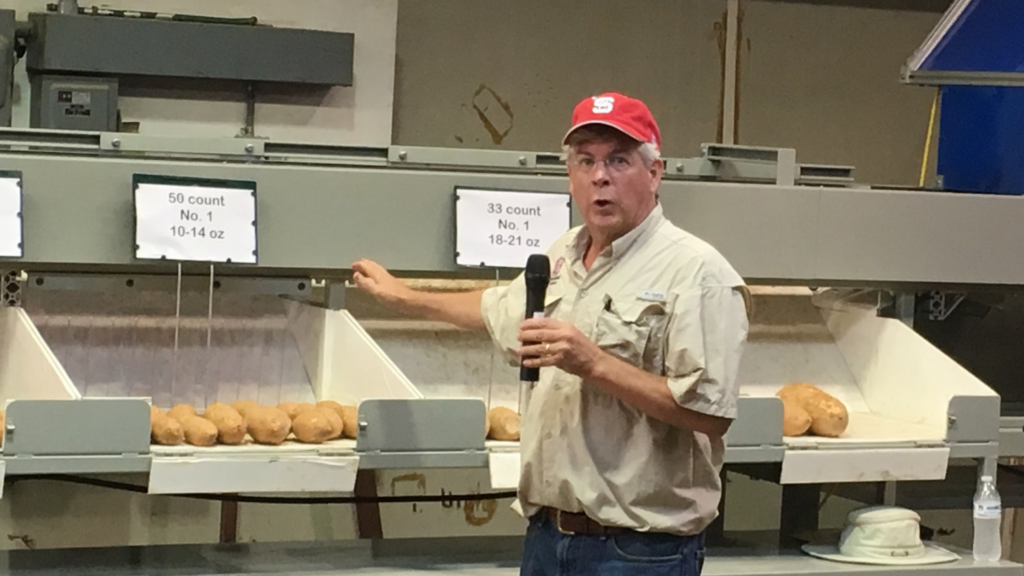
Sweetpotato acreage in the U.S. has increased in recent years, particularly in North Carolina, America’s largest producer. North Carolina State researchers were awarded a grant to ensure sweetpotato remains a sustainably viable crop for years to come.
NC State’s Craig Yencho, a William Neal Reynolds Distinguished Professor of Horticulture, leads a team of university scientists that have been awarded a $5 million, four-year research project to minimize guava root-knot nematodes. The small parasitic worms live in the soil and latch onto sweetpotatoes’ roots and will degrade the crop’s quality over time.
The project, which was funded by USDA-NIFA’s Specialty Crop Research Initiative (SCRI), will have a two-pronged approach. The first will incorporate advanced genomics-based breeding techniques in order to develop new guava root-knot nematode resistant sweetpotato varieties within four to six years. The second will focus on detection and control of guava root-knot nematodes.
“I like that it’s not only focused on breeding,” said Yencho. “It’s also focused on near-term solutions, like new control strategies and detection methods for pest management, giving time for our teams to develop new varieties that are resistant to the guava root-knot nematode.”
Crop Advancement
Yencho has been one of the state’s leading researchers in stimulating sweetpotatoes’ growth throughout North Carolina. He helped develop the Covington variety.
Since Covington’s introduction in 2005, it has become the state’s top variety, currently produced on roughly 85% of the state’s 105,000-plus sweetpotato acres. Most of that acreage is in rural counties. It is a $324 million annual impact.
Yencho says NC State’s research on sweetpotato has already made a visible impact on the state.
“Sweetpotato is produced largely around the I-95 corridor, but they’re pushing out further east,” said Yencho. “A lot of the counties further east are Tier 1 and Tier 2, and I’ve seen more sweetpotato further east than ever before. That’s undoubtedly providing new opportunities for these communities.”









